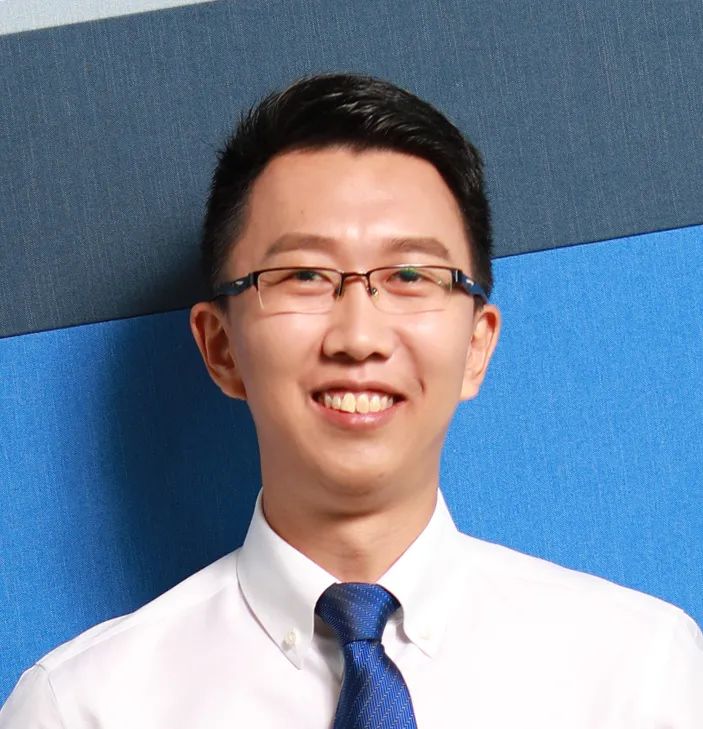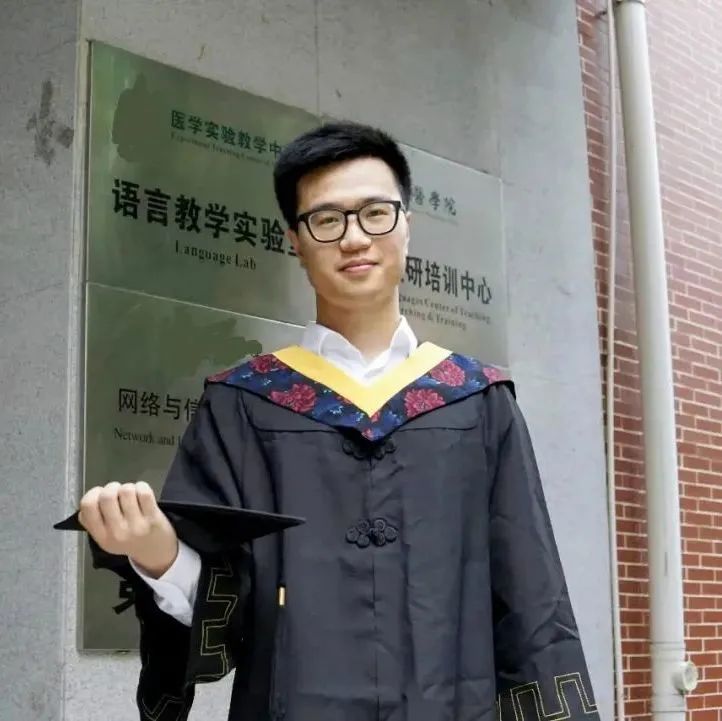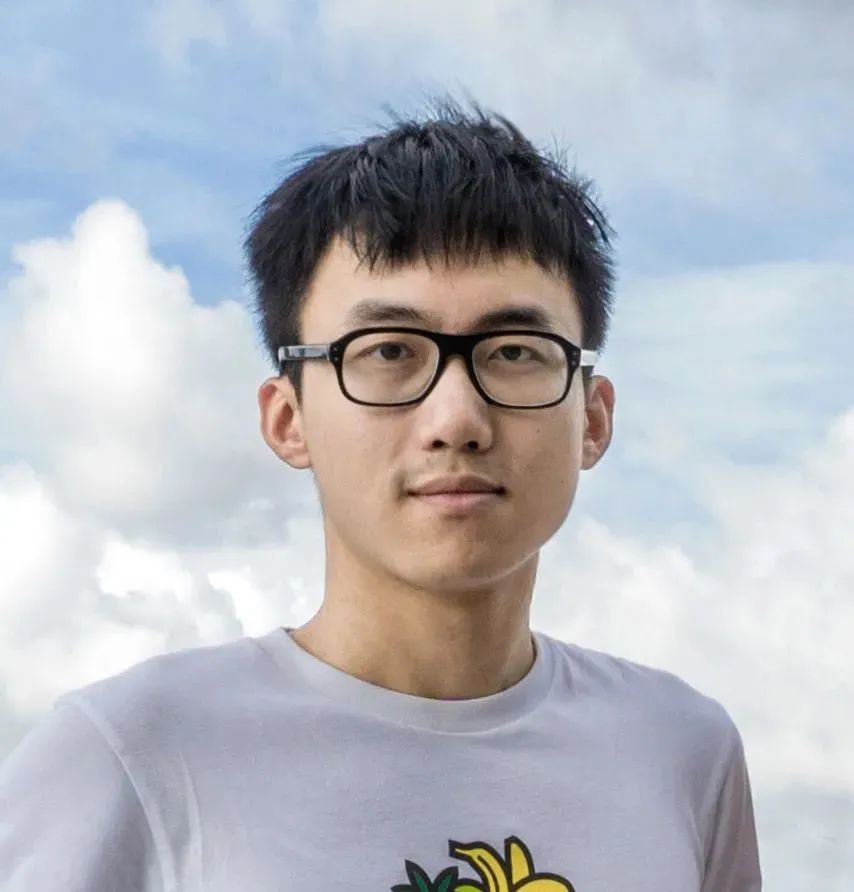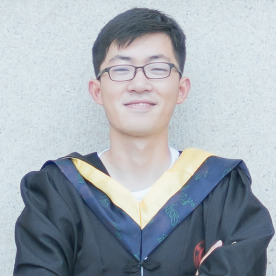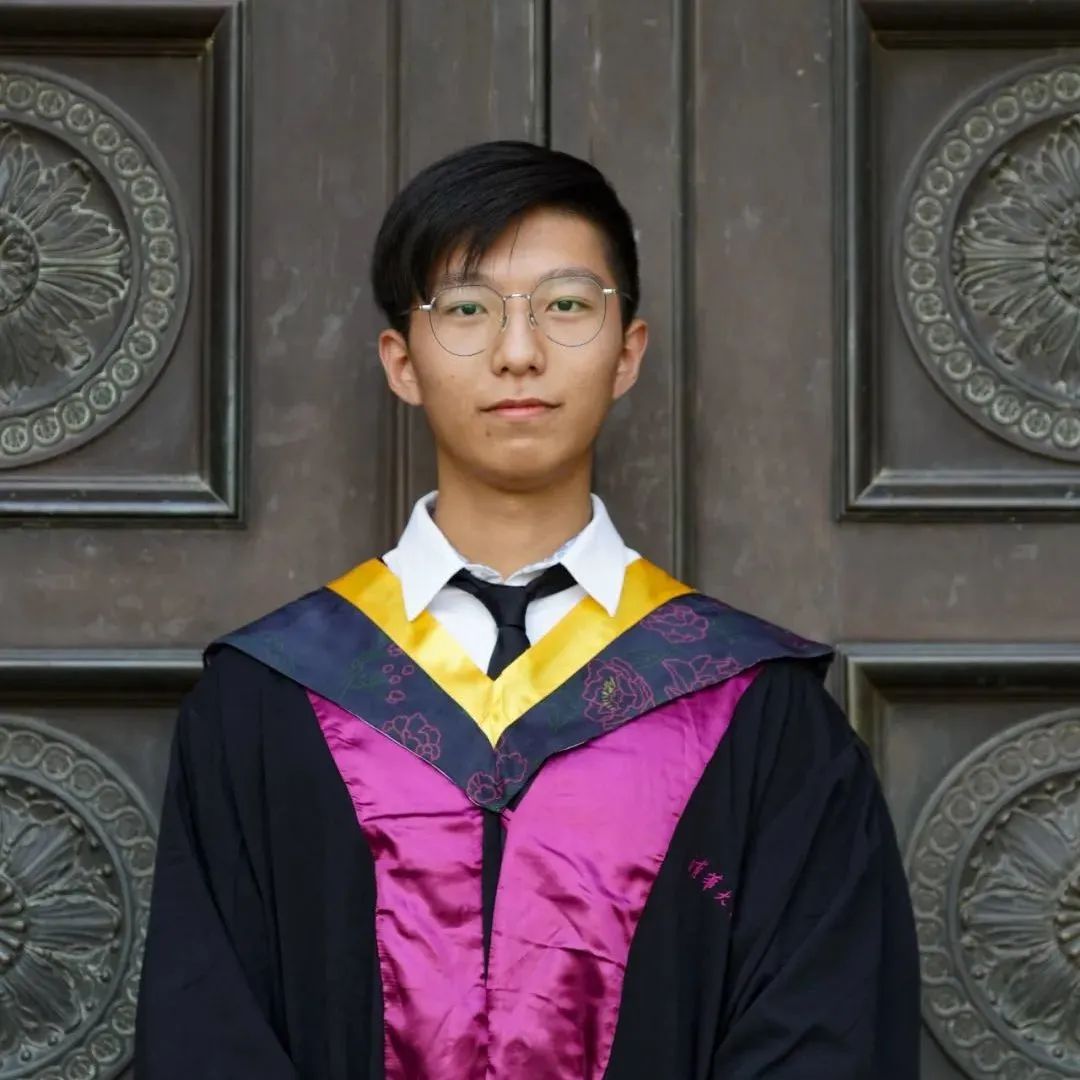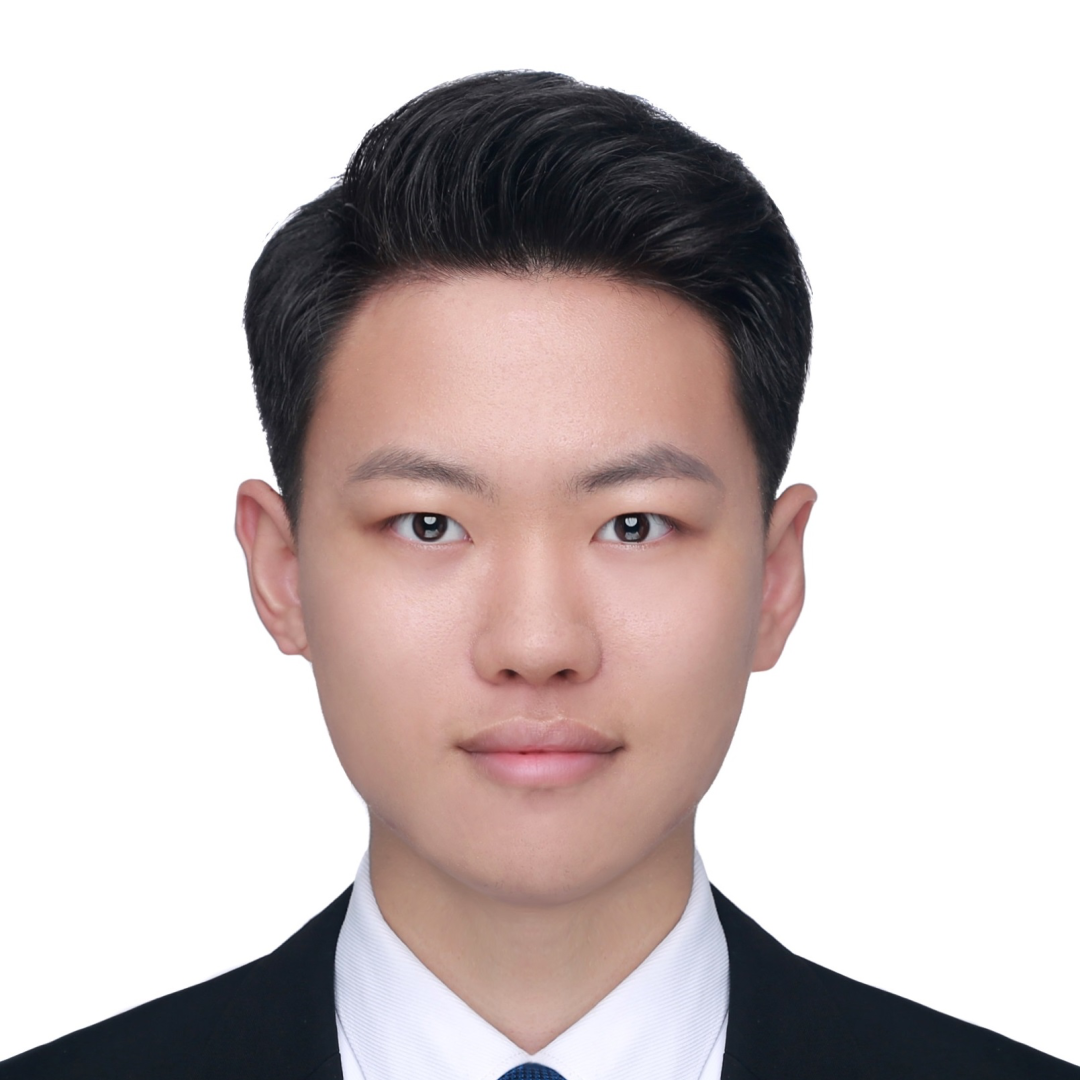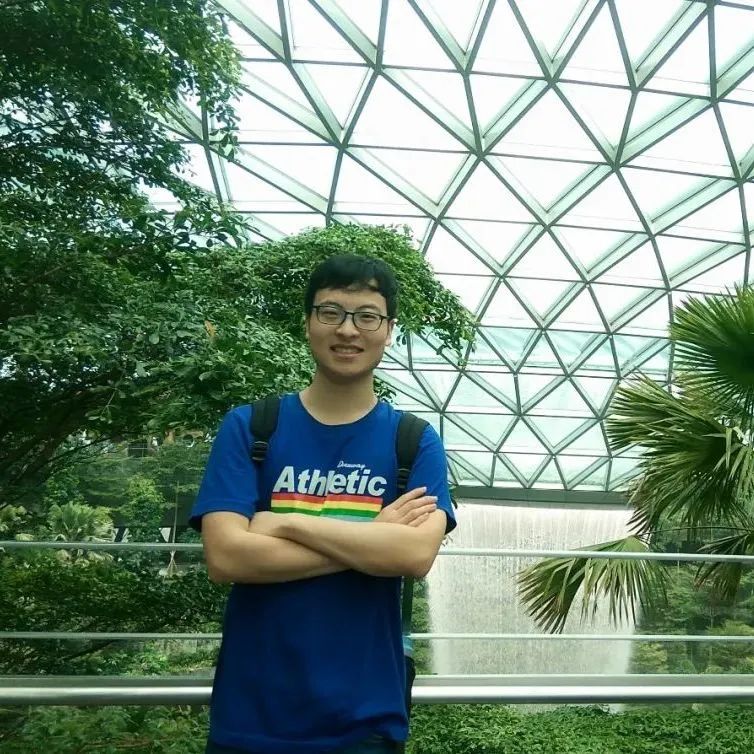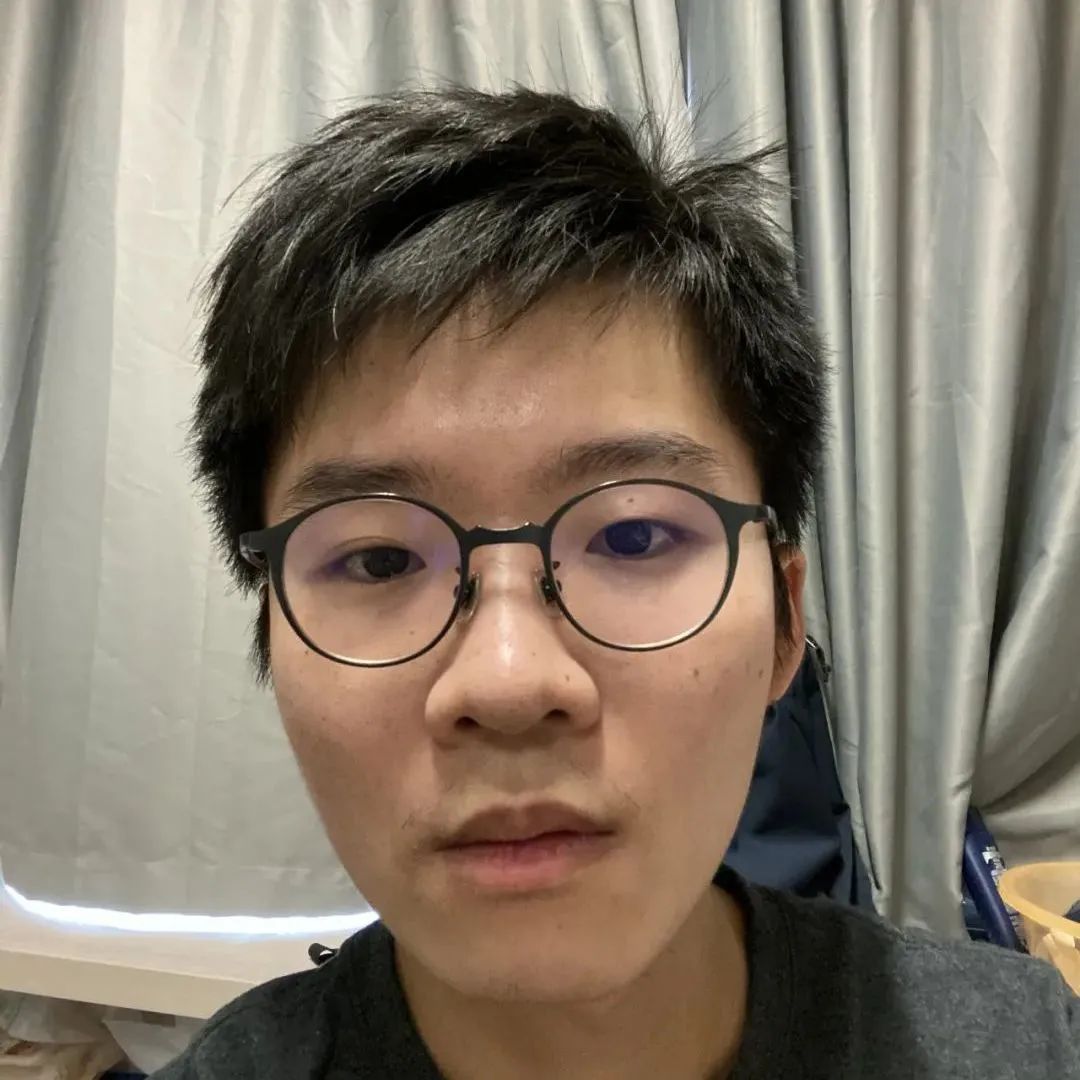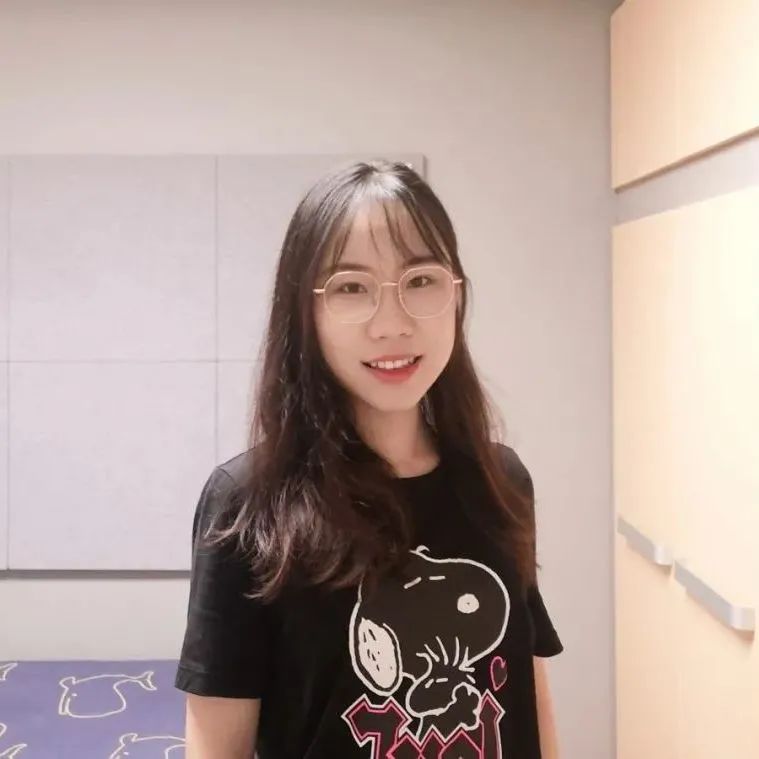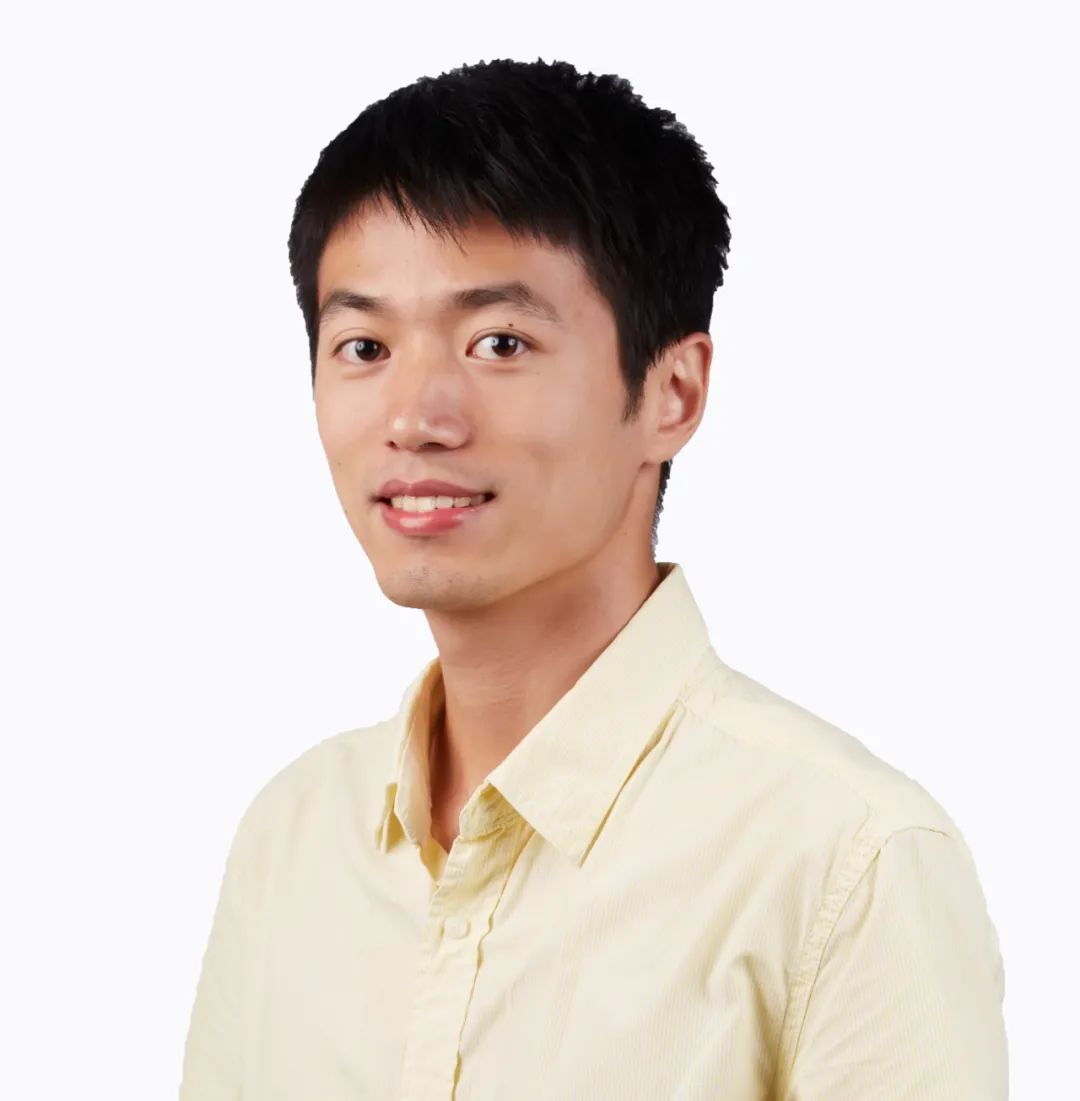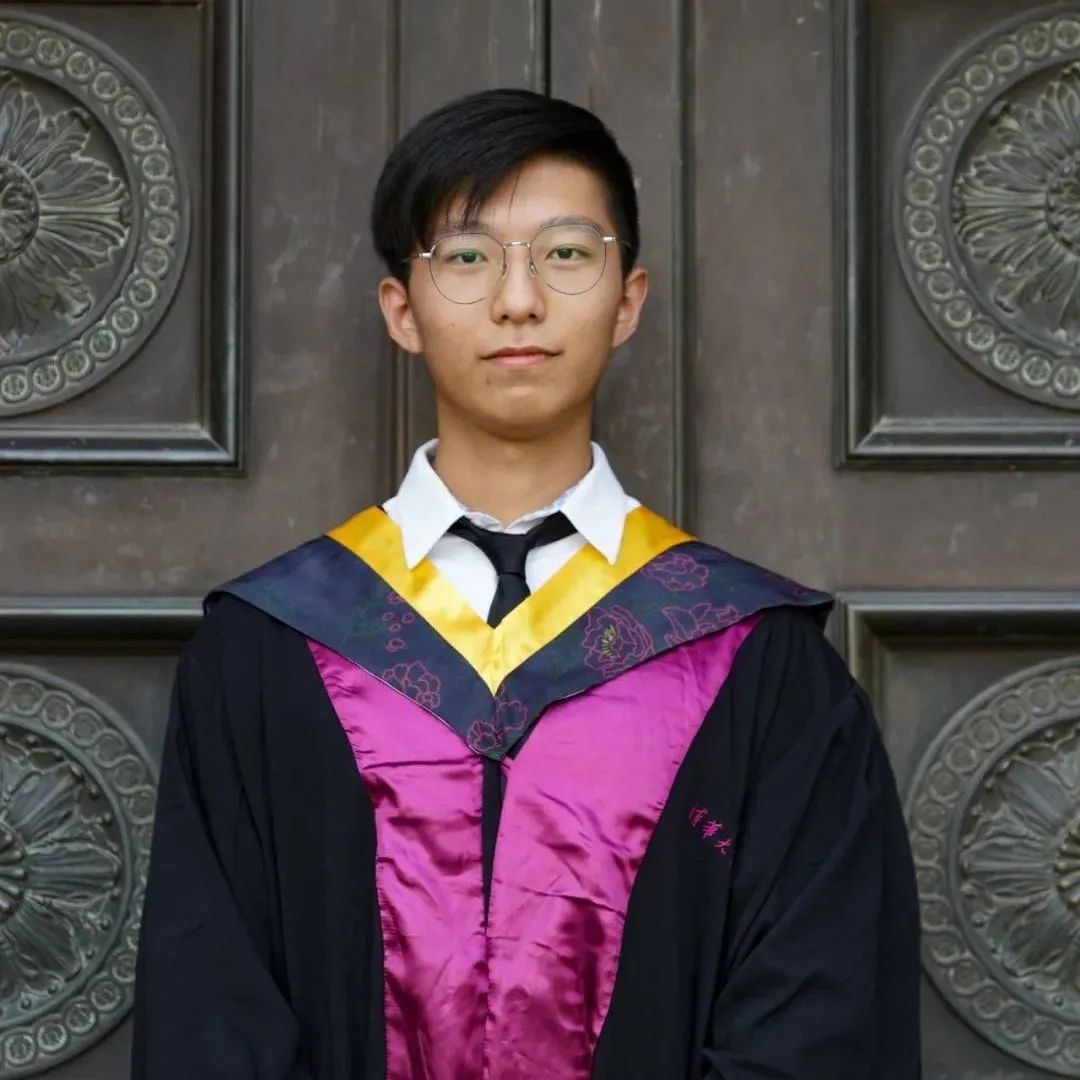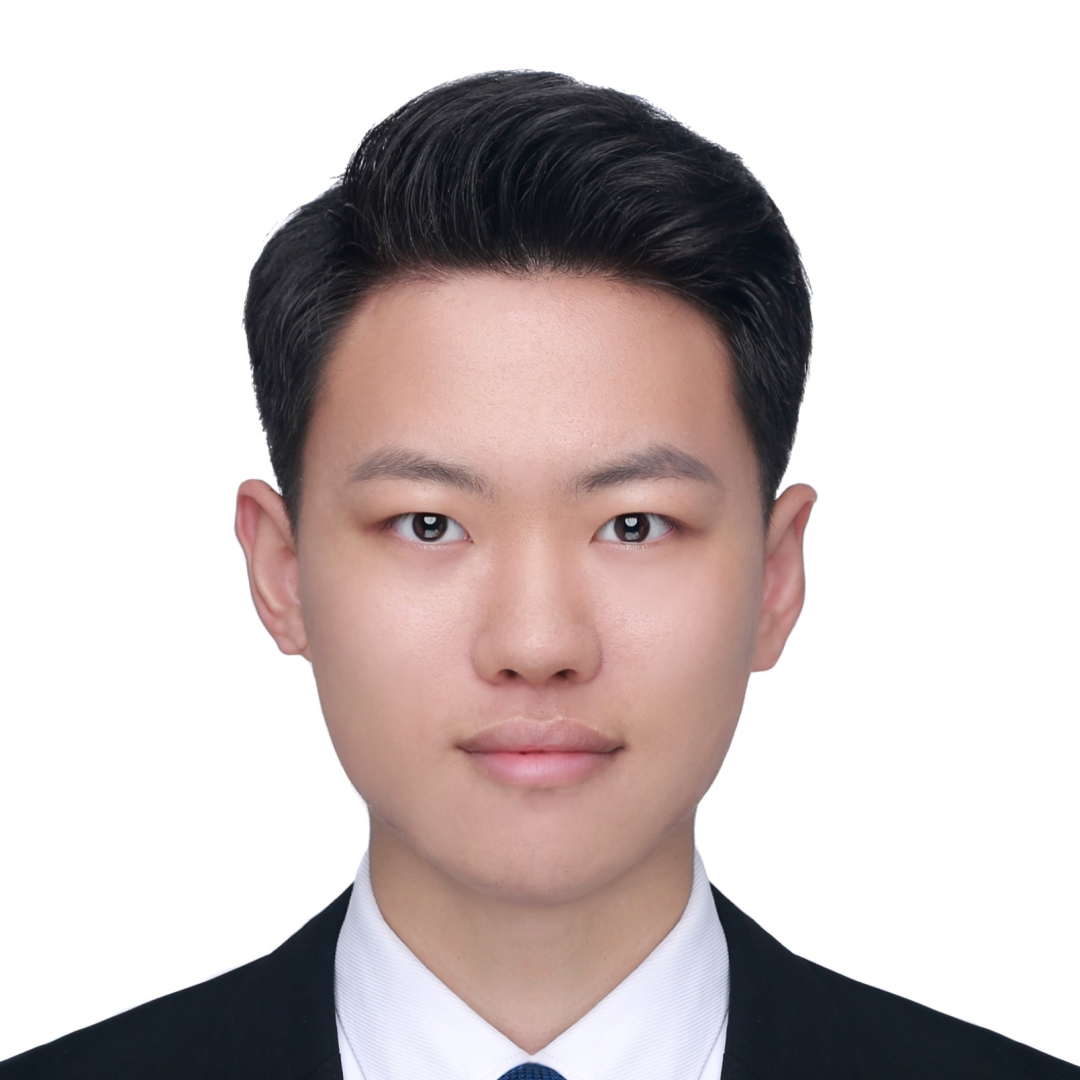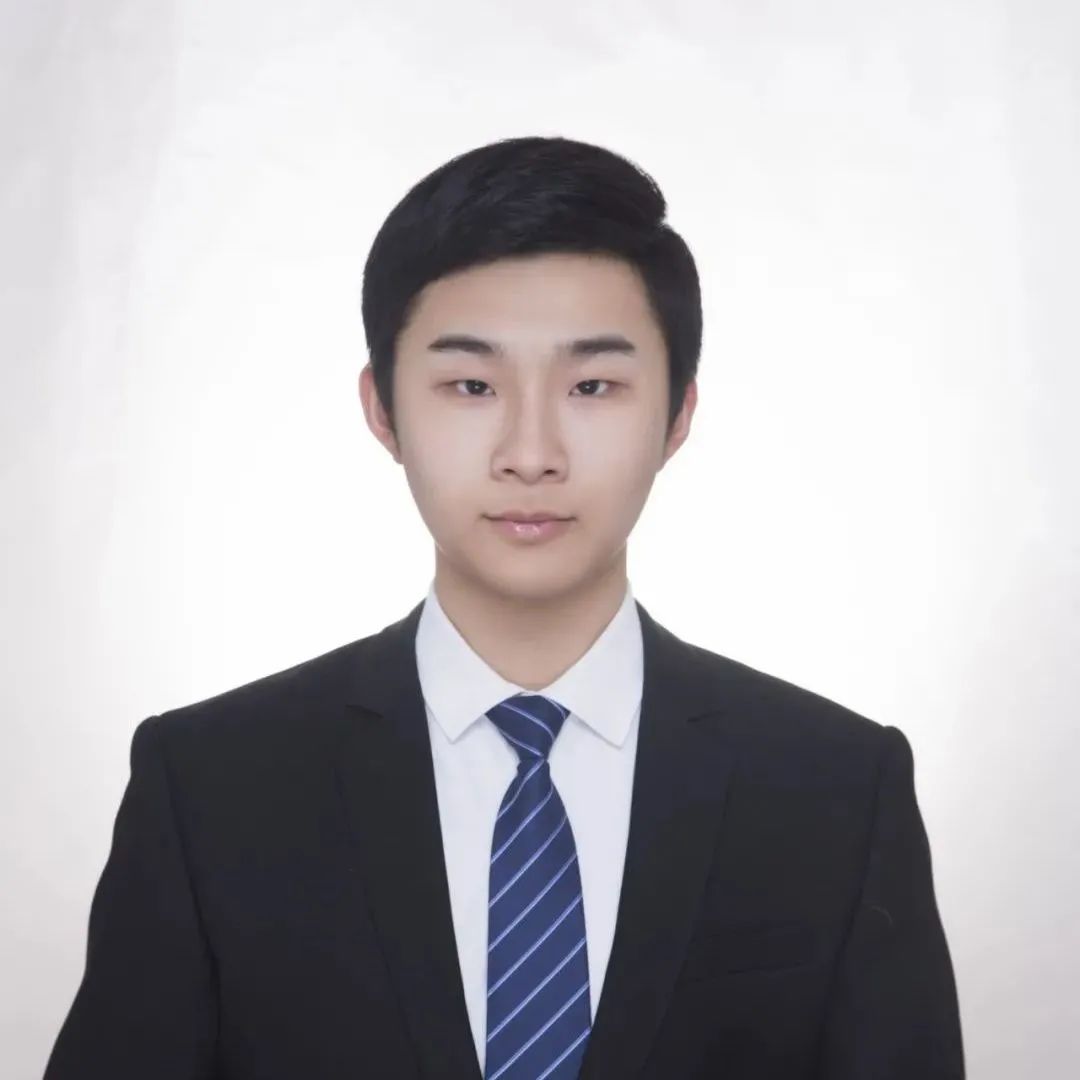NeurIPS 2021论文一作邀请你加入视频通话
以下文章来源于商汤学术 ,作者商汤学术
言之有AI,学之有物, 商汤学术伴你探索AI最前沿!
由商汤科技、全球高校人工智能学术联盟和将门-TechBeat 人工智能社区共同主办的 NeurIPS 2021 群星闪耀云际会重磅来袭!

14:05-14:15
开场致辞
吕健勤
南洋理工大学
个人介绍
香港中文大学客座副教授,商汤-南洋理工大学联合实验室 S-Lab 副主任。研究兴趣包括图像/视频复原、图像生成和表征学习。发表国际顶级期刊与会论文 120 余篇,其论文被引用超过 35,000 次。指导研究团队参加 NTIRE、MSCOCO、DAVIS 等计算机视觉国际比赛获得多个冠军。团队提出的 SRCNN 是图像超分辨率的标志性工作,对后续研究产生重要影响。担任 ICCV、CVPR 和 ECCV 等顶会领域主席及顶刊 IJCV 和 TPAMI 的编委。2019 年获颁南洋学者奖,入选 2019 和 2020 年度「人工智能全球 2000 位最具影响力学者榜」前 100 名学者。
个人主页
http://personal.ie.cuhk.edu.hk/~ccloy/
14:15-14:27
论文解读
Generative Occupancy Fields
for 3D Surface-Aware Image Synthesis
徐旭东
香港中文大学
个人介绍
香港中文大学多媒体实验室四年级在读博士生,师从林达华教授,曾获得国家奖学金、南京大学优秀学生、优秀毕业生、江苏省三好学生等。现在主要的研究方向为神经渲染和音视频联合学习,在 ICCV、CVPR、ECCV、NeurIPS 等会议上发表多篇论文,并担任多个 AI 领域顶会和期刊的审稿人。
个人主页:
https://sheldontsui.github.io/
14:27-14:39
论文解读
A Shading-Guided Generative Implicit Model for Shape-Accurate 3D-Aware Image Synthesis
潘新钢
马克斯·普朗克计算机科学研究所
个人介绍
马克斯·普朗克计算机科学研究所博士后,于 2021 年在香港中文大学取得博士学位。在 CVPR, ICCV, ECCV, NeurIPS, ICLR, TPAMI 等顶级会议和期刊上发表论文十余篇。在 Tusimple 2017 车道线检测和 WAD 2018 可行驶区域分割比赛中获得冠军。现主要研究方向包括神经渲染,三维场景生成和无监督三维学习。
个人主页:
https://xingangpan.github.io/
14:39-14:51
论文解读
3D Pose Transfer with Correspondence Learning and Mesh Refinement
宋超越
南洋理工大学
个人介绍
南洋理工大学 S-Lab 成员,曾获得上海市优秀毕业生,本科期间参加全国大学生物联网设计竞赛获得全国一等奖。目前研究方向为三维视觉和生成模型,在 NeurIPS 发表一作论文一篇,另有一篇在投。
个人主页:
https://scholar.google.com/citations?user=4Yiz6gIAAAAJ&hl
14:51-15:03
论文解读
Garment4D: Garment Reconstruction
from Point Cloud Sequences
洪方舟
南洋理工大学
个人介绍
南洋理工大学在读博士生,导师为刘子纬教授。曾就读于清华大学软件学院,获得学士学位。2021 年获得谷歌博士奖学金。现主要研究方向为三维计算机视觉,在 CVPR,NeurIPS 等期刊会议上发表多篇论文。
个人主页:
https://hongfz16.github.io/
15:08-15:20
论文解读
Deceive D: Adaptive Pseudo Augmentation for GAN Training with Limited Data
蒋李鸣
南洋理工大学
个人介绍
南洋理工大学计算机科学与工程学院 MMLab@NTU, S-Lab 在读博士生,师从吕健勤教授。目前从事计算机视觉、深度学习、生成模型相关的研究,博士前两年期间已在 NeurIPS、CVPR、ICCV、ECCV 等顶级学术会议上发表 4 篇论文(均为一作),主要工作包括 DeeperForensics‐1.0、TSIT、Focal Frequency Loss 等。曾获 ACM-ICPC 国际大学生程序设计竞赛亚洲区域赛金牌、 MCM/ICM 一等奖、国家奖学金、商汤奖学金、CCF 优秀大学生等,作为主要贡献者之一参与 MMEditing 代码库的开发。
个人主页:
https://liming-jiang.com/
15:20-15:32
论文解读
Unsupervised Object-Level Representation Learning
from Scene Images
解佳豪
南洋理工大学
个人介绍
南洋理工大学 S-Lab 在读博士生,现主要研究方向为自监督学习,尤其是自监督表征学习。曾获 Facebook 自监督学习挑战赛全部四个赛道的冠军,是首个自监督学习开源算法库 OpenSelfSup 的核心开发者之一。目前在 NeurIPS、CVPR 等国际顶级会议上以一作身份发表论文两篇。
个人主页:
https://scholar.google.com/citations?user=yA9qseUAAAAJ&hl=en
15:32-15:44
论文解读
K-Net:
Towards Unified Image Segmentation
张文蔚
南洋理工大学
个人介绍
南洋理工大学在读博士生,研究领域为计算机视觉。在顶级会议上发表六篇论文,获得过 2019 年目标检测领域权威学术竞赛 COCO 比赛的第一名,2020 年 3D 目标检测领域权威竞 nuScenes 比赛 best PKL award。负责 OpenMMLab 计算机视觉算法开放体系中 MMCV, MMDetection, MMDetection3D 等算法库的设计与开发。
个人主页:
http://zhangwenwei.cn/
论文摘要
15:44-15:56
论文解读
Few-Shot Object Detection
via Association and Discrimination
曹钰杭
香港中文大学
个人介绍
香港中文大学 MMLab 在读二年级博士生。现研究方向主要为通用物体检测和 Few-Shot 物体检测,是著名检测框架 MMDetection 的核心开发者之一,并在 ICCV、ECCV、CVPR、NeurIPS 等国际顶级会议上发表 4 篇论文(其中两篇一作)。
个人主页:
https://scholar.google.com/citations?user=sJkqsqkAAAAJ&hl=zh-CN
15:56-16:08
论文解读
Density-aware Chamfer Distance
as a Comprehensive Metric
for Point Cloud Completion
吴桐
香港中文大学
个人介绍
香港中文大学 MMLab 在读博士生,导师为林达华老师,本科毕业于清华大学电子工程系,曾获香港政府奖学金、北京市优秀毕业生、国家奖学金等。研究兴趣包括但不限于长尾识别、对抗鲁棒性和 3D 视觉。曾在 ECCV, CVPR, NeurIPS 等国际顶级会议上发表多篇论文。
个人主页:
https://wutong16.github.io/
16:13-16:43
Panel交流
刘子纬
南洋理工大学
个人介绍
南洋理工大学助理教授,南洋学者。研究兴趣包括机器学习中的视觉感知与理解。发表国际顶级计算机视觉会议及期刊论文 80 余篇,总引用量 12,000 次,获得专利 30 余项。领导搭建数个国际知名计算机视觉基准数据库和开源项目,如 CelebA、Deep Fashion、MMDectetion 和 MMFashion 等。2018-2020 年任香港中文大学特聘研究员,2017-2018 年赴 UC Berkeley 任博士后,2013-2017 年博士毕业于香港中文大学多媒体实验室。曾获香港政府博士奖、ICCV 青年学者奖、HKSTP 最佳论文奖、微软小学者奖等多个领域内奖项。
个人主页:
https://liuziwei7.github.io/
洪方舟
南洋理工大学
蒋李鸣
南洋理工大学
张文蔚
南洋理工大学
锁定
 将门-TechBeat人工智能社区
将门-TechBeat人工智能社区 


扫码观看!
本周上新!


11.22(周一)
11.23(周二)
11.23(周二)
11.24(周三)
11.25(周四)
11.28(周日)
11.30(周二)
11.30(周二)
淘系技术直播③内容新电商
如果你也想成为讲者
▼


关于TechBeat人工智能社区
TechBeat(www.techbeat.net)隶属于将门创投,是一个荟聚全球华人AI精英的成长社区。
我们希望为AI人才打造更专业的服务和体验,加速并陪伴其学习成长。
期待这里可以成为你学习AI前沿知识的高地,分享自己最新工作的沃土,在AI进阶之路上的升级打怪的根据地!
更多详细介绍>>TechBeat,一个荟聚全球华人AI精英的学习成长社区
